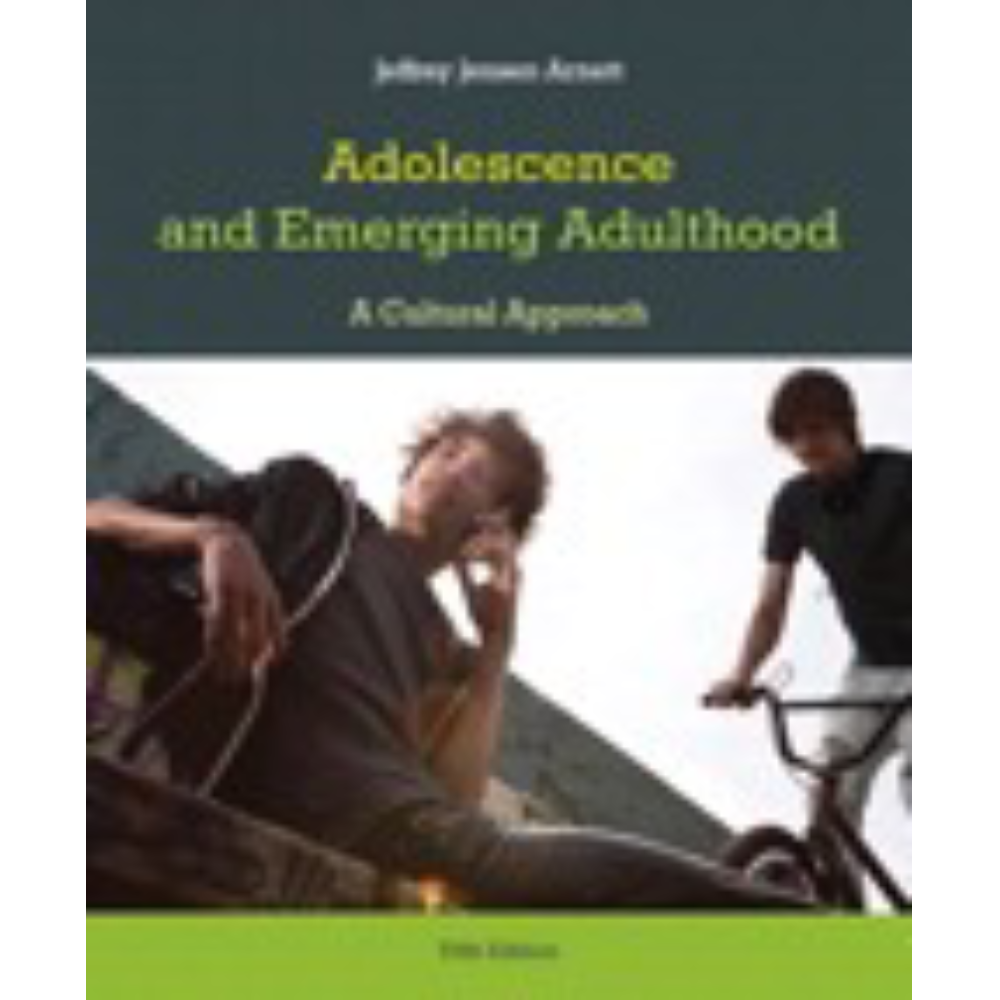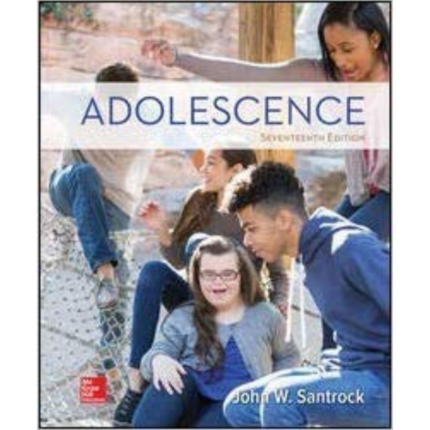Adolescence And Emerging Adulthood A Cultural Approach 5th Edition By Jeffrey – Test Bank
Chapter 11: Work
Multiple Choice
11.1.01. Hunting, fishing, and farming are occupational pursuits most common in
a. Western cultures.
b. traditional cultures.
c. industrialized cultures.
d. Eastern cultures.
Difficulty: 1 Question ID: 11.1.01 Page Reference: 310
Topic: Adolescent Work in Traditional Cultures
Skill: Factual
Answer: b. traditional cultures.
11.1.02. Ocheling is an adolescent nomadic Bushman of the Kalahari Desert in Africa. If Ocheling wants to get married he will first have to
a. get a tattoo.
b. wait until he is 20 years old.
c. kill an antelope.
d. wait until his father dies.
Difficulty: 3 Question ID: 11.1.02 Page Reference: 310
Topic: Hunting, Fishing, and Gathering
Skill: Applied
Answer: c. kill an antelope.
11.1.03. In traditional farming cultures, who is typically responsible for the livestock and farm land?
a. Mothers and daughters
b. Fathers and daughters
c. Mothers and sons
d. Fathers and sons
Difficulty: 1 Question ID: 11.1.03 Page Reference: 310-311
Topic: Farming and Care of Domestic Animals
Skill: Factual
Answer: d. Fathers and sons
11.1.04. Marilina is a young Brazilian girl living in a very traditional culture. At what age is Marilina likely to have the responsibility of taking care of her younger siblings?
a. 12 or 13 years old
b. 6 or 7 years old
c. 17 or 18 years old
d. 10 or 11 years old
Difficulty: 2 Question ID: 11.1.04 Page Reference: 311
Topic: Child Care and Household Work
Skill: Applied
Answer: b. 6 or 7 years old
11.1.05. According to Chapter 11, one benefit of globalization has been
a. making daily life easier in traditional cultures.
b. the increased wealth of industrialized nations.
c. creating a similar set of world beliefs.
d. all of these answers are correct.
Difficulty: 2 Question ID: 11.1.05 Page Reference: 311
Topic: Globalization and Adolescent Work in Traditional Cultures
Skill: Conceptual
Answer: a. making daily life easier in traditional cultures.
11.1.06. According to the text, one disadvantage of increased globalization is
a. more competition among nations resulting in higher production.
b. lower wages in Western countries which affects unionized workers.
c. brutal working conditions in countries changing from a preindustrial to a global economy.
d. creating large debts in Eastern countries particularly after the fall of Communism.
Difficulty: 2 Question ID: 11.1.06 Page Reference: 312
Topic: Globalization and Adolescent Work in Traditional Cultures
Skill: Conceptual
Answer: c. brutal working conditions in countries changing from a preindustrial to a global economy.
11.1.07. What benefit do adolescents and their families in traditional cultures derive from adolescents working?
a. Improves basic necessities like food and clothing.
b. Creates an opportunity for families to travel and see loved ones.
c. Builds opportunities for younger siblings to work and earn.
d. There are no expressed benefits to the family only the working adolescent.
Difficulty: 1 Question ID: 11.1.07 Page Reference: 312
Topic: Globalization and Adolescent Work in Traditional Cultures
Skill: Factual
Answer: a. Improves basic necessities like food and clothing.
11.1.08. Balwant’s parents are living in severe poverty in New Delhi, India. Balwant’s parents have decided that the only way they can survive is to take out a loan and guarantee the money with Balwant’s labor. This is known as
a. credentialism.
b. debt bondage.
c. community service.
d. apprenticeship loan.
Difficulty: 3 Question ID: 11.1.08 Page Reference: 312
Topic: Globalization and Adolescent Work in Traditional Cultures
Skill: Applied
Answer: b. debt bondage.
11.1.09. According to the text, adolescent girls in developing countries may become prostitutes in several ways which can include
a. kidnapped and taken to another country.
b. promised jobs in domestic service.
c. sold into prostitution by parents.
d. all of these answers are correct.
Difficulty: 1 Question ID: 11.1.09 Page Reference: 312
Topic: Globalization and Adolescent Work in Traditional Cultures
Skill: Factual
Answer: d. all of these answers are correct.
11.1.10. According to the International Labor Organization (ILO), the number of child and adolescent laborers __________________ during the first decade of the 21st century.
a. rose steadily
b. rose sharply
c. fell substantially
d. fell slightly
Difficulty: 1 Question ID: 11.1.10 Page Reference: 313
Topic: Globalization and Adolescent Work in Traditional Cultures
Skill: Factual
Answer: c. fell substantially













Reviews
There are no reviews yet.